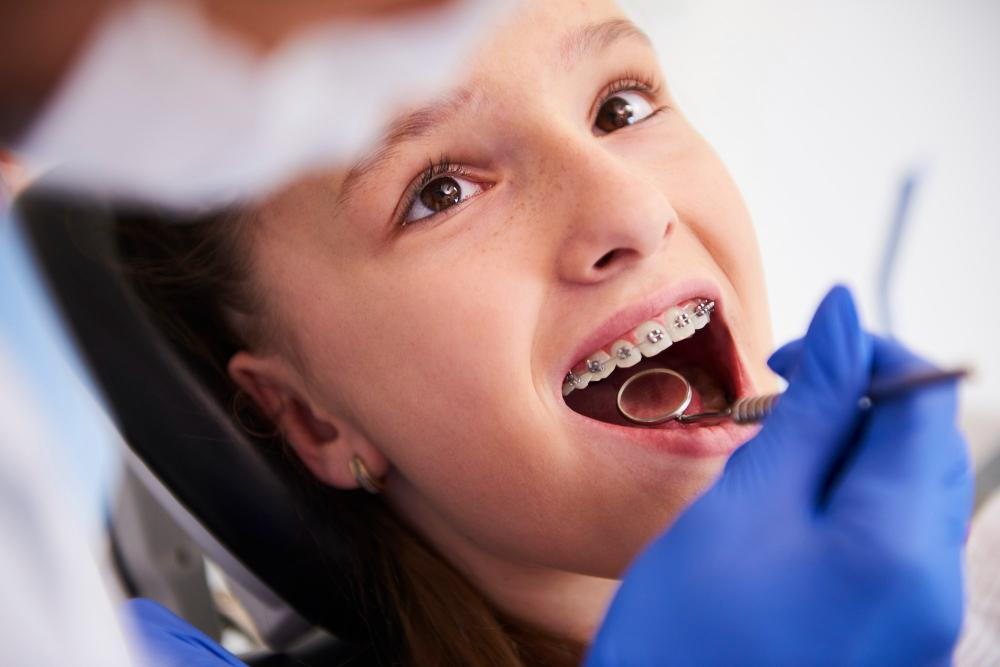
Orthodontic headgear is a typical orthodontic tool used to address problems with tooth and jaw alignment. It is frequently given as a component of an all-encompassing orthodontic treatment plan that can involve braces, clear aligners, or other dental equipment.
Numerous orthodontic issues can be successfully treated with headgear, but many patients are unsure about how long they must use it before seeing the desired outcomes. This blog post will go through the elements that affect how long patients must wear their headgear as well as what to expect from them while undergoing treatment.
Factors That Influence Treatment Time
Depending on each individual situation, the time needed to wear orthodontic headgear varies. While some people can only need to wear headgear for a few months, others can need to do so for a year or more. The orthodontist decides how long it will take based on the severity of the teeth and jaw alignment problems, the patient's age, and how well they responded to treatment.
The Severity of Dental and Jaw Alignment Problems
How long a patient must wear the headgear is primarily based on how severe their dental and jaw alignment problems are. The orthodontist may suggest a lengthier course of treatment if the issue is significant, which might need wearing headgear for a longer time. On the other hand, small problems could be resolved faster and using less headgear.
Age
The age of the patient also plays a role in determining the duration of headgear wear. Children and teenagers tend to respond faster to orthodontic treatment, including headgear, due to their developing teeth and jawbones. On the other hand, adults may require more extended treatment times, as their bones have stopped growing, and orthodontic treatment can be slower.
Treatment Effectiveness
The effectiveness of the treatment is another important consideration when determining how long to wear the helmet. Patients who continuously use headgear as directed by their orthodontist tend to get the desired improvements more quickly. Contrarily, patients who disregard the orthodontist's advice and don't wear their headgear regularly can require longer treatment periods.
Recommended Hours for Optimal Treatment Results
Patients are expected to be wearing the headgear for a few hours every day or night while receiving treatment with it. To get the optimum outcomes, the orthodontist will specify how many hours the patient needs to wear headgear. Others can just need to wear it for a few hours at night, while other individuals can need to wear it for up to 16 hours every day.
Patients can feel some pain when wearing headgear, especially in the early stages of treatment. However, when the patient grows familiar with using the appliance, this pain often goes away. To avoid discomfort and achieve the greatest outcomes, you must listen to the orthodontist's recommendations for proper headgear use, adjustment, and maintenance.
Conclusion
Patients can feel some discomfort when wearing headgear, but this normally passes as they grow adjusted to the item. Orthodontic headgear can treat a variety of dental and jaw alignment problems with the right maintenance and regular use, providing users with a healthier and more attractive smile.
